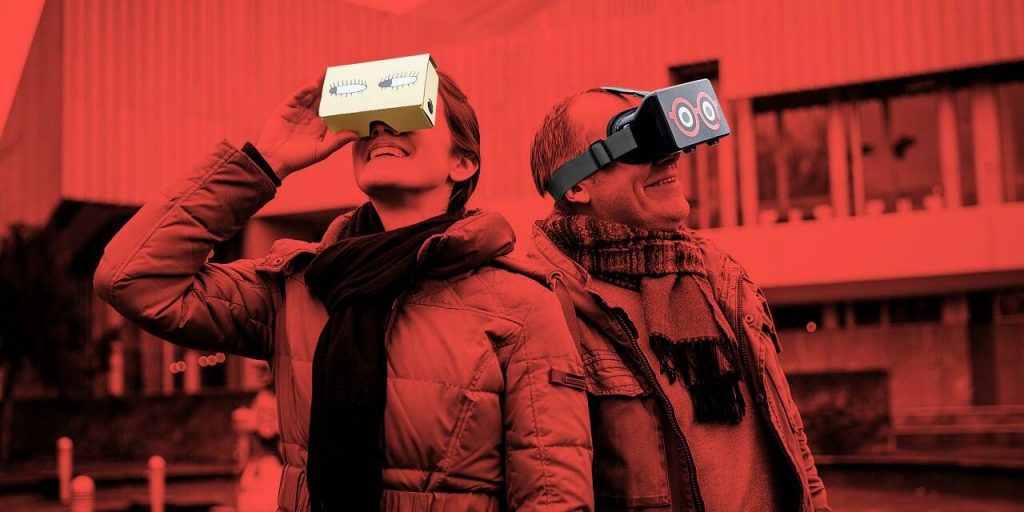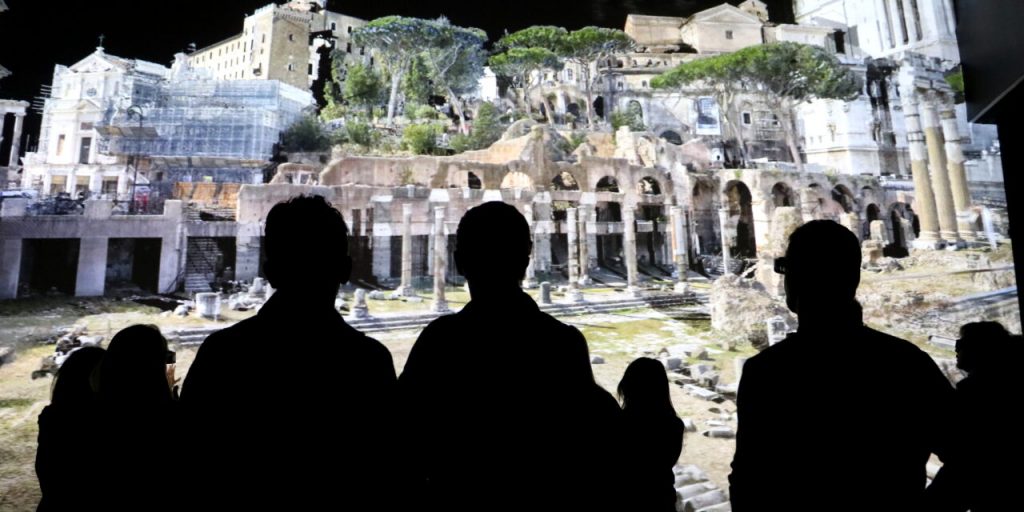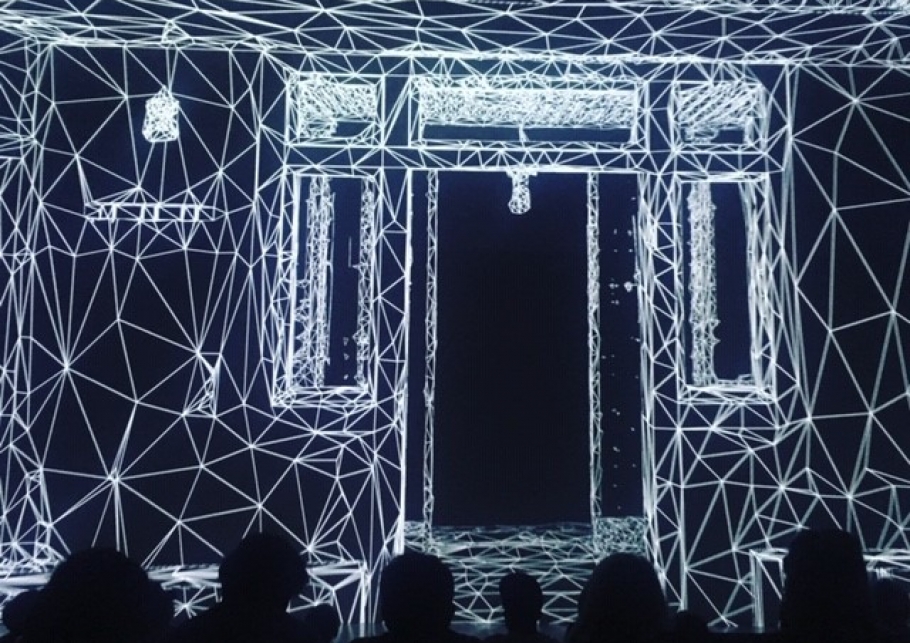As we become more tech-savvy and tech-oriented, one question remains.
Why are theatres so darn slow to embrace the changing times?

es, yes! We all know all about how your theatre should be on Facebook and Twitter. How important it is to have a web page. Some theaters
may even feel they are being adventurous and a cut above everybody else because they have Mobilepay and contactless payment.
Sure is great to be the trailblazer who has forgone with cash. But I’m here to break the news, that is not enough!
Contactless payment was a big deal all five years ago, the times have moved on, the world has changed. Through digital solutions, you can bring your play outside the stage and remodel the way your audience interacts with your play.

Cutting down the costs!
Using modern AR, or why not VR techniques, you can achieve higher production values with lesser costs.
Not every prop on stage must be a real physical object anymore. You can model the objects, like a crystal chandelier for example, at
your own leisure and simply implement them through modern technology.
You may even leave the entire stage behind and simply use virtual space.
Your audience may use VR technologies, some of which are rather cheap, and utilize mobile phones.
With this, you don’t have any clear limits, since you can downgrade or upgrade your virtual space based on your setting and budget.
On the high-end setups, you might want to go big and have a full-blown virtual cave solution.
This way you can offer your audiences a world that they can actually step into.
No longer the line between the stage and the seats.
And you could project any world you want. Your imagination is no longer limited by the physical!

Unknown frontiers!
Not just a great cost-saving workaround digitalization may also make a difference in audience interaction.
Since the theatre is no longer tied to specific spaces. Attempts at this have of course been in the past, with plays and performances that have been played in separated segments in different rooms of the theatre. The technology of today however makes doing this so much easier and more powerful.
Much like theatre itself, the play doesn’t have to be tied to the actors. Utilizing modern solutions it is possible to have a full touring play that has no live actors. Entire plays could be filmed in individual small segments. These segments can be anything from a big ball scene to intimate two-person scenes. Individual scenes can be spread throughout any space you use. The audience traveling from scene to scene can experience the play in a linear fashion, or build their own continuity. In a similar vein, you can even have a modular play that evolves around your audience. Alternate scenes that take the story to wild new directions based on your audience’s choices.
Gamification is the last great frontier for you to cross! With these solutions, you can even have alternate or alternative game elements to liven up your plays. Since the play itself would no longer be limited to concrete buildings, why should the content? You can even have something as wild as an interactive play that plays around the city in different locations.
Digitalization is a vital part of the evolution of theatre.
These days it’s foolish to limit what your theatre can be!